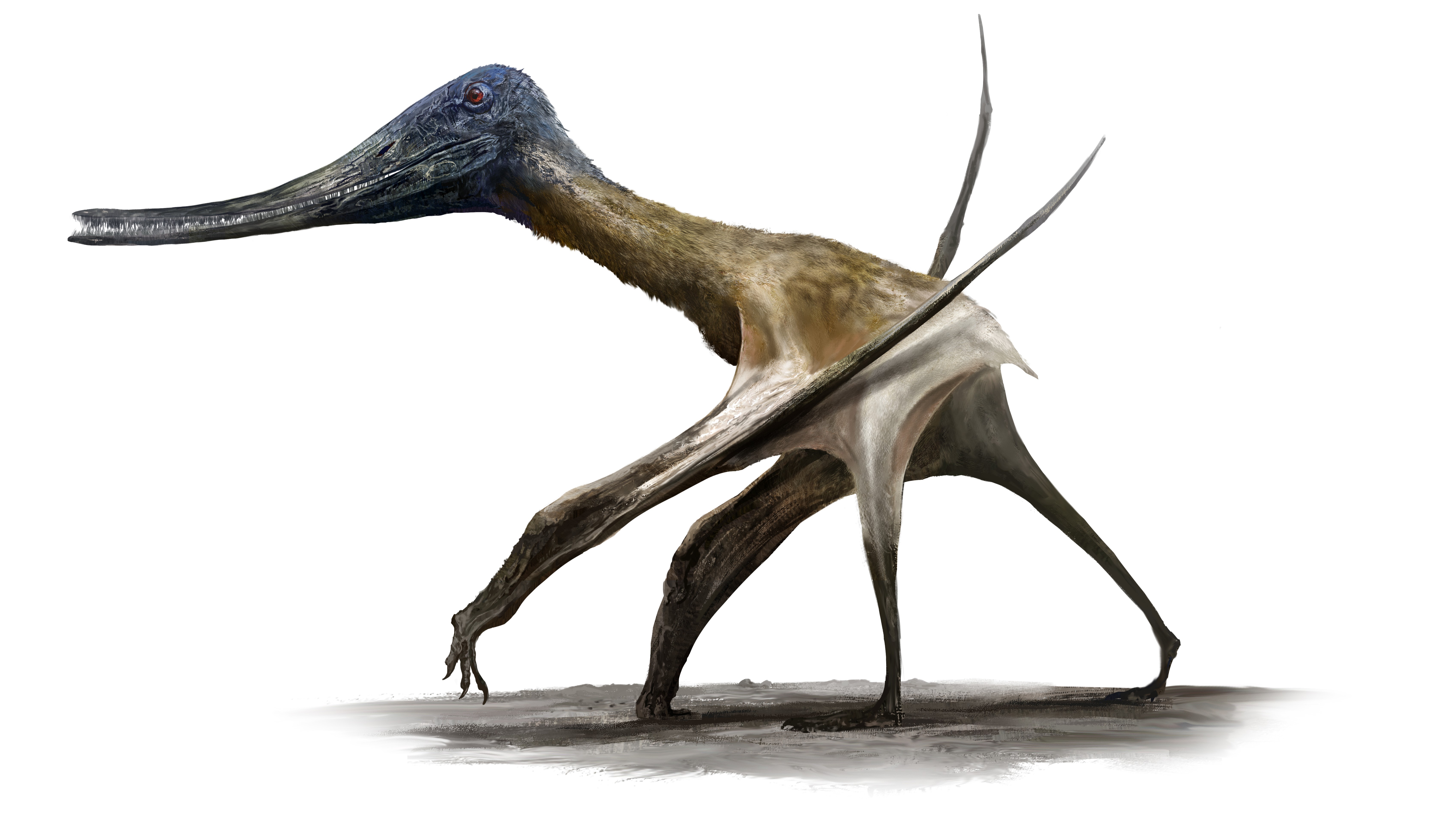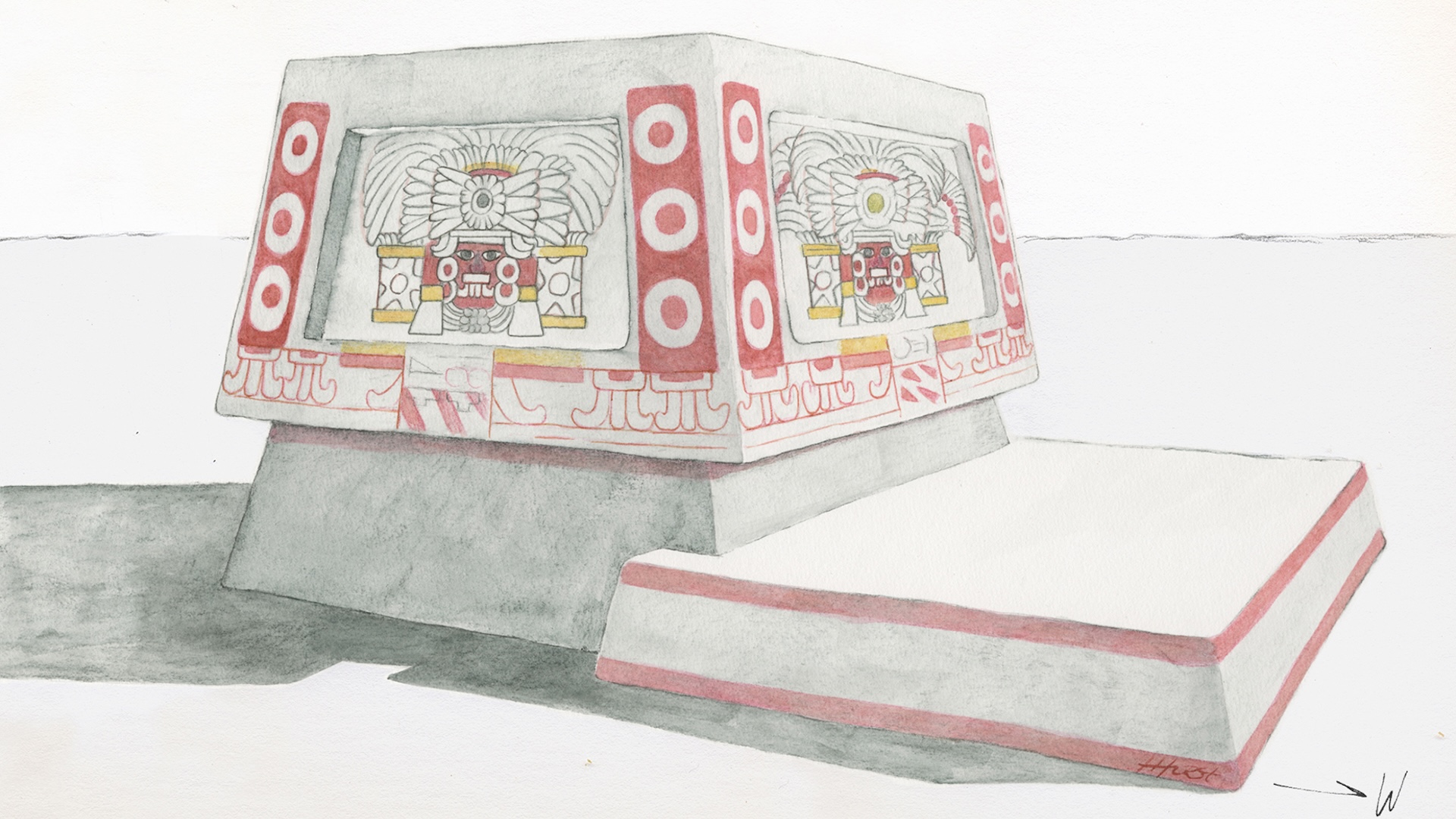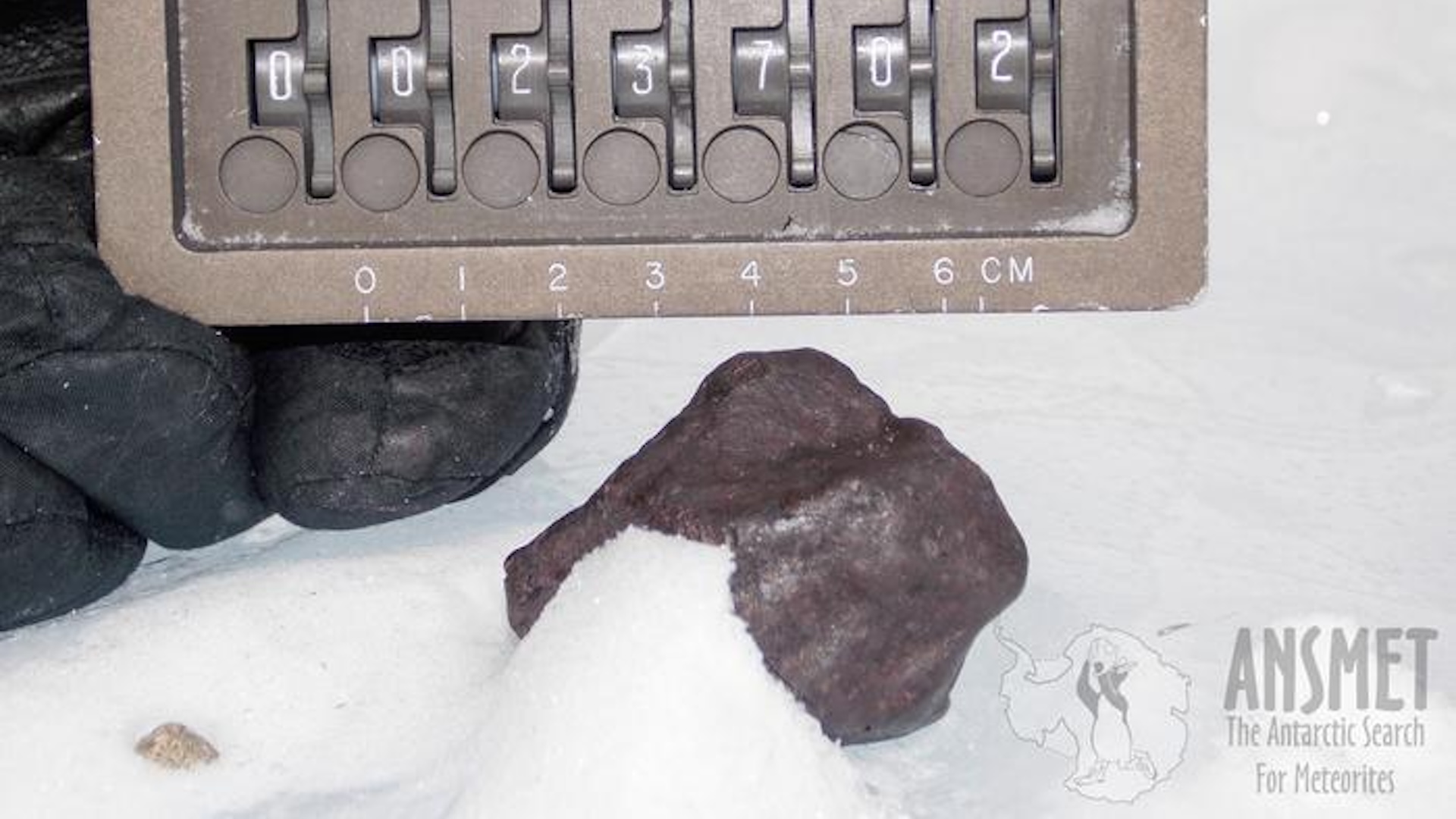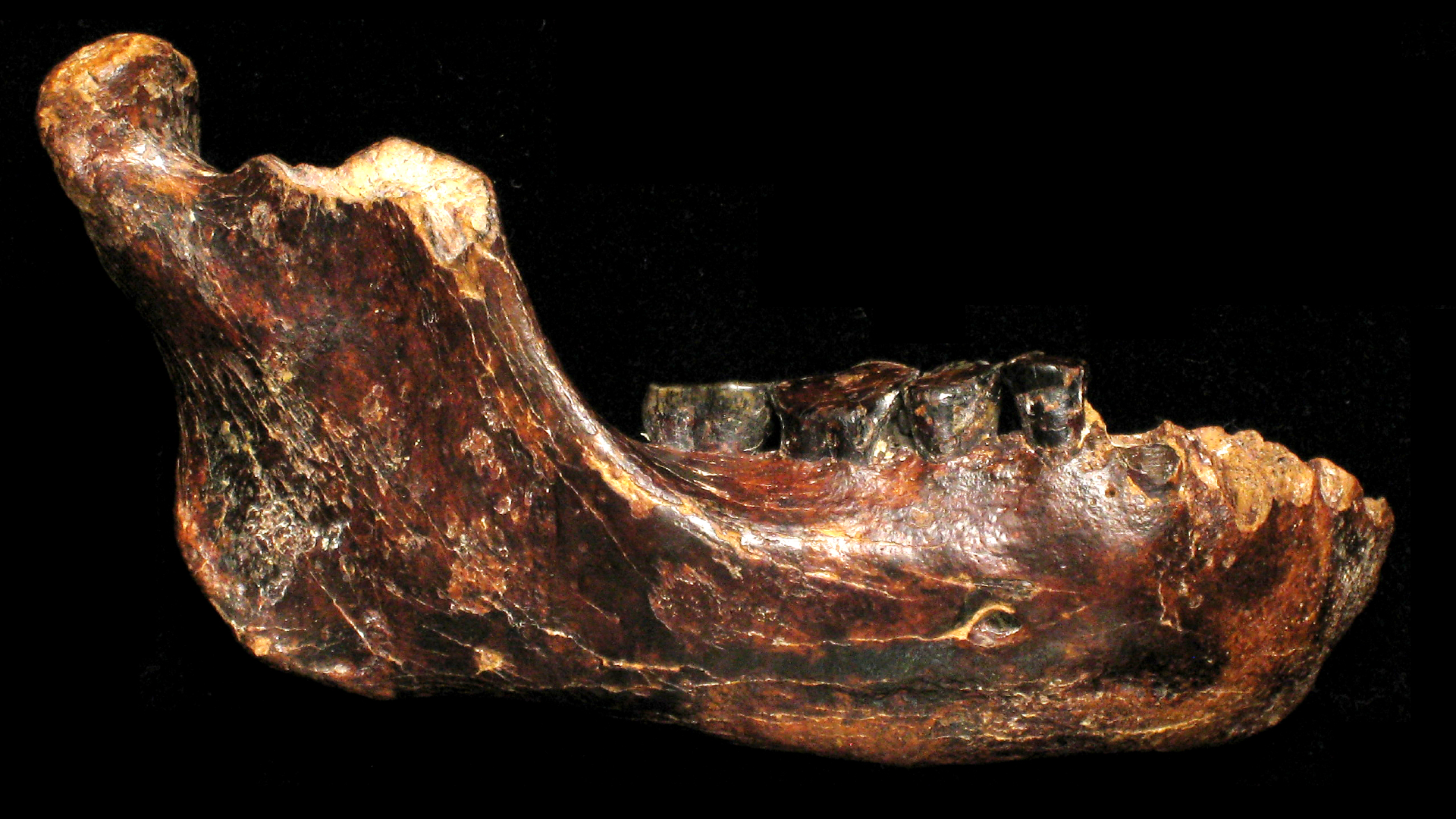No Cure for Common Cold, but a Wiggle in the Right Direction

Don't throw your chicken soup out just yet, but new research has uncovered how a class of compounds can shut down reproduction in cold-causing viruses by wiggling inside and altering their behavior.
The breakthrough may point the way toward future drug development aimed at averting colds.
One reason a cure for the common cold remains elusive is that the offending viruses are shape-shifters -- they mutate from one cold season to the next. You may succeed in beating one version, but then you're unprepared for the next incarnation.
"The common cold virus can hide in a crowd because it always looks like someone else - it's the bug of a hundred faces," said Carol Post of Purdue University.
There are more than 100 types of rhinoviruses - among the most common instigators of runny noses. What separate these varieties are the chemical signatures that they wear on their sleeves.
Though surface features may change, the shells of all rhinoviruses have a particular way to open up and release their reproductive blueprints - called RNA - into a cell. Preventing the shell, or capsid, from opening could nip an infection in the bud.
This seems to be the secret of antiviral WIN compounds, which for years have been researched as possible cold cures. One of these compounds had made it into clinical trials but was removed when side effects were discovered.
Sign up for the Live Science daily newsletter now
Get the world’s most fascinating discoveries delivered straight to your inbox.
"It looked very promising for awhile," Post told LiveScience. "But because you're not going to die from a cold, a drug can't have any toxic side effects."
There are, however, other WIN compounds that continue to be studied. Post and her colleagues have developed computer simulations that describe how these antivirals interact with a particular protein that is important in opening the rhinovirus shell.
"In essence, the compounds can get tangled up in the protein so it can't move enough to let the RNA out," Post explained.
The researchers discovered that the WIN compounds are quite flexible, allowing them to wiggle their way into a small cavity, or pocket, in the protein. Once there, the viral shell becomes rigid.
"It keeps the door from opening," Post said.
By understanding this locking mechanism, future research may be able to design drugs that can lodge into the cavity, without causing adverse effects.
"WIN compounds are not going to cure the cold anytime soon, but our analysis of their behavior may have shown us why they are so good at foiling these viruses," Post said.
A very slow-loading video, here, shows the WIN compound wiggling its way in.
Related Stories
Shingles vaccine may directly guard against dementia, study hints
Diagnostic dilemma: A rash 'migrated' across a man's body from his anus










